What Jobs Are Most At Risk From AI: Navigating the Future of Work
The world of work is changing fast, and it’s crucial for professionals to understand what’s ahead. Jobs that were once safe from automation are now at risk, especially those in fields that require advanced skills. This shift isn’t just about replacing physical labor—it’s affecting roles that demand intellectual work, too.
From my experience at Google, I’ve seen how new technologies are disrupting industries and challenging the way we work. It’s not just theory; it’s happening right now. Understanding these changes is key to staying relevant in today’s job market and identifying where human skills will continue to be in demand.
Understanding the AI Revolution and Its Impact on Employment
The relationship between technology and employment has always been complex. Throughout history, technological advances have led to the elimination of certain jobs while simultaneously creating new ones. However, AI presents a unique challenge due to its ability to perform cognitive tasks that were once thought to require human intelligence.
A recent McKinsey Global Institute report reveals that 69% of data processing tasks could potentially be automated with current technologies. This isn’t just about robots on assembly lines anymore—it’s about sophisticated algorithms analysing medical scans, drafting legal documents, and even generating marketing content. ( LinkedIn)
The International Monetary Fund (IMF) paints an even more striking picture, suggesting that AI will affect nearly 40% of jobs worldwide. While some positions may be replaced entirely, others will be complemented or augmented by AI technologies. The challenge for today’s workforce is understanding where they stand in this rapidly changing landscape. ( IMF)
My Experience Navigating the AI Landscape
Having worked in technology consulting for over a decade, I’ve witnessed first hand how AI has transformed client operations. In 2022, I advised a mid-sized financial services company that implemented AI-powered document processing. What once required a team of 12 full-time employees now needs just three specialists to oversee the AI system. While this created efficiencies, it also meant nine professionals needed to find new roles or develop new skills. This experience isn’t unique. Across industries, companies are discovering that AI can handle routine cognitive tasks with remarkable accuracy and efficiency. The question isn’t whether AI will change the employment landscape, but rather how dramatically and how quickly.
Jobs Most Vulnerable to AI Disruption
Let’s examine the specific career fields facing the greatest risk from AI adoption. These assessments are based on multiple factors including task predictability, data availability, and the degree to which jobs involve routine cognitive processes. 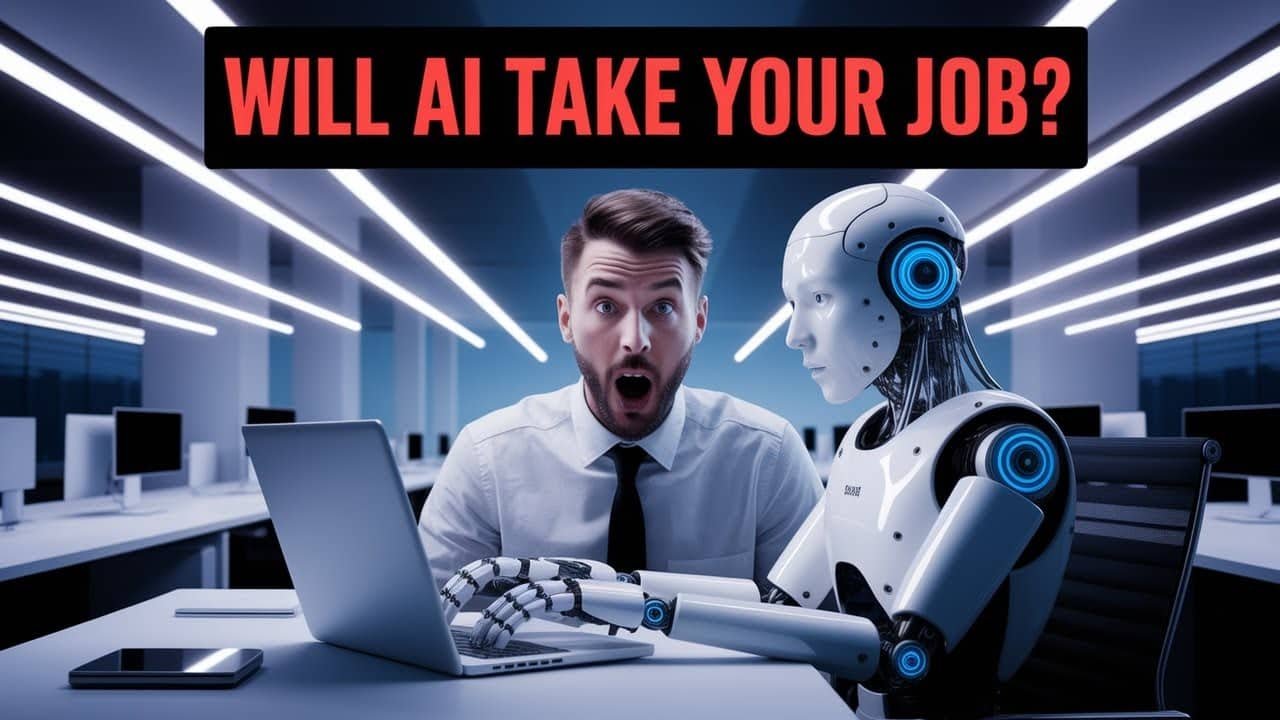
1. Data Entry and Processing Roles
Data entry specialists find themselves at particularly high risk of displacement. The fundamental nature of data entry—transcribing information from one format to another with high accuracy—aligns perfectly with AI capabilities. Case Study: Insurance Claims Processing In 2023, a major insurance company implemented an AI-based claims processing system that reduced their data entry workforce by 78%. The AI not only processed standard claims faster than human workers but demonstrated a 23% higher accuracy rate. The remaining data entry specialists transitioned to roles focusing on exception handling and quality assurance—supervising the AI rather than competing with it. Tasks most vulnerable to automation include:
- Form completion and validation
- Data transcription and migration
- Basic document organization
- Numerical data entry
- Record maintenance
2. Customer Service Representatives
While not all customer service roles are equally vulnerable, those focused on routine inquiries and transactions face significant pressure from AI technologies. Real-World Impact: Telecommunications Customer Support In my consulting work, I witnessed a telecommunications provider deploy AI chatbots for first-tier customer support in 2024. Within six months, call volume to human representatives decreased by 45%, leading to a reduction of 120 customer service positions. However, the company created 35 new roles focused on chatbot training, exception handling, and complex customer issue resolution. The most vulnerable customer service functions include:
- Answering frequently asked questions
- Processing standard service requests
- Collecting basic customer information
- Explaining standard policies and procedures
- Processing simple returns or exchanges
Notably, customer service roles requiring empathy, conflict resolution, and complex problem-solving remain more resistant to automation.
3. Bookkeeping, Accounting, and Financial Analysis
Bookkeeping and certain accounting functions rely heavily on rule-based processes and pattern recognition—areas where AI excels. Basic financial analysis, particularly tasks involving standard numerical calculations and report generation, is increasingly automated. According to research by Citibank, approximately 54% of jobs in the banking sector have higher potential for automation. This doesn’t mean all financial roles are at risk, but rather that significant portions of these roles may be automated. PYMNTS.com Case Study: Accounting Firm Transformation A mid-sized accounting firm I consulted for in 2024 implemented AI tools for transaction categorization, reconciliation, and standard report generation. This reduced the time required for basic bookkeeping by 65% and allowed the firm to handle 40% more clients without expanding their staff. Junior accountants increasingly focus on client communication and data validation rather than manual entry and calculations. Financial tasks most vulnerable include:
- Transaction categorization and reconciliation
- Standard financial report generation
- Basic financial projection models
- Tax form preparation
- Accounts payable/receivable management
4. Content Creation and Basic Journalism
AI’s ability to generate human-like content has advanced dramatically. While the most creative and nuanced writing remains the domain of human writers, content following standard formulas or based primarily on data faces increasing competition from AI systems. Real-Life Example: Associated Press Automation The Associated Press has used AI to generate basic financial news stories and sports recaps since 2014, but the capabilities have expanded significantly. By 2023, AI was producing approximately 40,000 automated stories annually for the AP—content that would have previously required dozens of entry-level journalists. Content creation tasks at highest risk:
- Financial earnings reports
- Sports game recaps
- Weather updates
- Basic press releases
- Data-driven market analysis
- Standard product descriptions
5. Transportation and Delivery Services
While fully autonomous vehicles haven’t yet transformed transportation as dramatically as once predicted, the technology continues to advance, placing many driving roles at risk in the coming decade. Case Study: Warehousing and Material Movement Amazon’s deployment of over 750,000 warehouse robots has already reduced the need for certain material handling positions. In a distribution center I toured in 2024, automated guided vehicles (AGVs) handle approximately 70% of internal product movement, reducing the workforce needed for these specific tasks by over half compared to conventional facilities. Transportation roles facing disruption:
- Long-haul trucking (gradual transition expected)
- Taxi and rideshare driving
- Food and package delivery
- Warehouse material movement
- Parking and transit operations
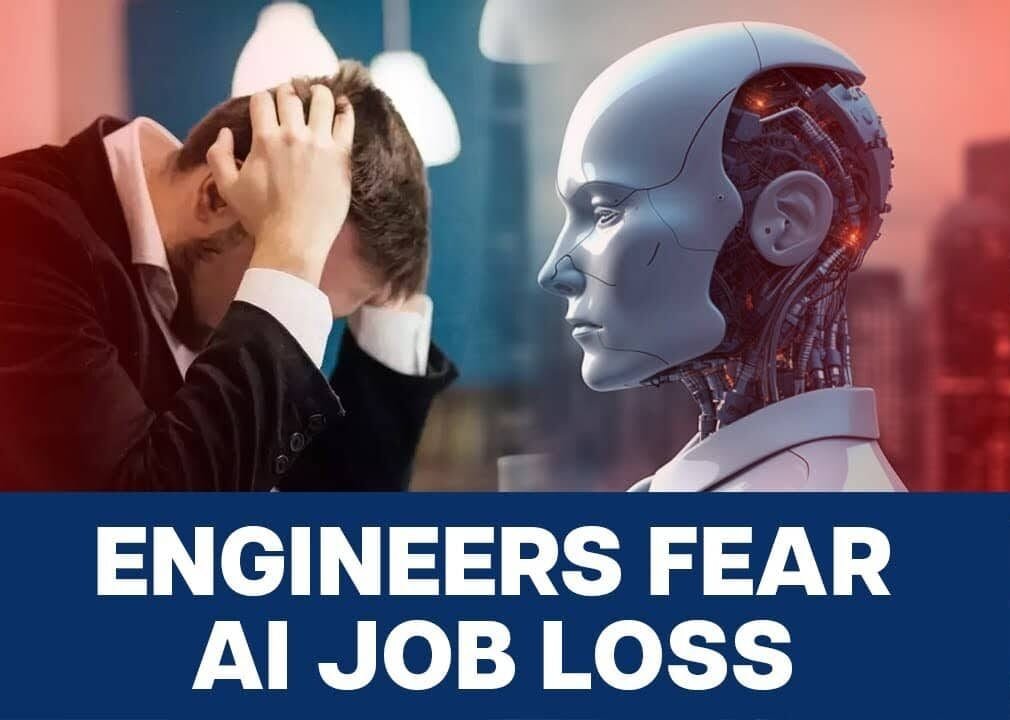
Table: AI Risk Assessment by Occupation
| Occupation | Risk Level | Primary Risk Factors | Estimated Timeline | Adaptation Opportunities |
|---|---|---|---|---|
| Data Entry Specialists | Very High | Rule-based tasks, structured data | Already occurring | Data validation, AI oversight, exception handling |
| Customer Service Representatives (routine) | High | Standardized responses, predictable inquiries | 1-3 years | Complex issue resolution, emotional intelligence roles |
| Bookkeepers | High | Routine transactions, rule-based processes | 1-3 years | Client advisory, financial planning, AI supervision |
| Content Writers (routine) | High | Formulaic content, data-based reporting | Already occurring | Creative storytelling, specialized expertise, human perspective |
| Paralegals (document review) | Medium-High | Document search, standard contracts | 2-5 years | Client interaction, case strategy, AI-legal integration |
| Radiologists (image review) | Medium-High | Pattern recognition, standard imaging | 5-10 years | Diagnostic specialization, AI-assisted diagnosis, patient consultation |
| Financial Analysts (basic) | Medium | Standard financial modeling, report generation | 2-5 years | Strategic analysis, relationship management, market insight |
| Translators (common languages) | Medium | Standard text translation | Already occurring | Cultural nuance, specialized terminology, interpretation |
| Software Developers (basic coding) | Medium | Routine code generation, bug fixes | 2-5 years | Architecture design, AI integration, specialized development |
| Market Research Analysts | Medium | Data collection, standard analysis | 3-7 years | Insight generation, strategy development, qualitative analysis |
| Truck Drivers (long-haul) | Medium | Routine routes, predictable environment | 7-15 years | Specialized delivery, AI system oversight, last-mile logistics |
| Retail Salespeople | Medium | Product information, basic transactions | 3-7 years | Customer experience design, personalized service, product expertise |
| Medical Transcriptionists | Very High | Converting audio to structured text | Already occurring | Medical coding, healthcare documentation specialists |
| Insurance Underwriters | High | Risk assessment, policy pricing | 2-5 years | Complex case evaluation, customer relations, policy design |
| Bank Tellers | High | Transaction processing, basic service | Already occurring | Financial advisory, relationship banking, complex service |
Behind the Numbers: Understanding AI Job Displacement Statistics
Recent research provides insight into the scale and pace of AI’s impact on employment:
- PwC reports that 27% of companies show lower hiring growth in roles most exposed to AI.
- A 2024 ResumeBuilder survey found that 44% of companies expect layoffs to occur due to new AI capabilities.
- According to Exploding Topics research, 14% of workers have already experienced some form of job displacement due to AI.
- The Bureau of Labor Statistics projects that over the 2023-33 period, AI will primarily affect occupations whose core tasks can be most easily replicated by technology.
These statistics paint a complex picture. While significant disruption is occurring, it’s not happening overnight, and it’s not affecting all industries or roles equally.
While many roles face the risk of automation, new opportunities are also emerging—especially in remote work. If you’re looking to pivot into flexible roles shaped by AI, check out our guide on No Interview AI Work From Home Jobs 2025 for practical options that don’t require a traditional hiring process.
Case Study: IBM’s AI Transition
In 2024, IBM announced significant layoffs in its marketing and communications divisions, with reports suggesting that many of these roles would be replaced by AI systems. According to reports, IBM planned to cut thousands of jobs, part of CEO Arvind Krishna’s stated plan to replace nearly 8,000 positions with artificial intelligence systems. The Register This high-profile example illustrates how even technology companies themselves are reimagining their workforce in light of AI capabilities. However, it’s worth noting that IBM’s implementation faced challenges, with reports suggesting that their AI systems were “not up to the job of replacing staff” in practice, highlighting the gap that sometimes exists between AI’s theoretical capabilities and practical implementation.
Areas of Opportunity: Jobs That Will Thrive Alongside AI
Not all professions face equal risk from AI disruption. Some careers are showing resilience, while others are being transformed rather than eliminated. Understanding which roles are most “AI-proof” can help guide career decisions.
1. Healthcare Practitioners
While AI is increasingly used for diagnostic support and administrative tasks in healthcare, most clinical roles remain relatively secure. The combination of physical skills, empathy, and complex decision-making makes these positions difficult to automate fully. According to the U.S. Career Institute, healthcare occupations like nurse practitioners (projected growth: 45.7%), physician assistants (27.6%), and mental health specialists (22.1%) not only remain safe from AI displacement but are expected to see substantial growth through 2032. U.S. Career Institute Healthcare roles showing strongest resistance to AI:
- Nurse practitioners
- Occupational and physical therapists
- Mental health counsellors
- Emergency medical technicians
- Primary care physicians
My Observation from the Field: In my consulting work with three major hospital systems between 2022-2024, I’ve seen AI increasingly handle medical documentation, scheduling, and even preliminary diagnostic support. However, this has primarily shifted healthcare practitioners’ focus rather than replaced them. Clinicians now spend more time on patient interaction and complex care decisions while AI handles routine documentation and administrative tasks.
2. Skilled Trades
Trades requiring physical dexterity, spatial awareness, problem-solving, and adaptation to unpredictable environments remain highly resistant to automation. Case Study: Electrical Contracting Firm A commercial electrical contracting company I worked with attempted to implement AI planning systems for job estimation and scheduling. While these systems improved efficiency for office staff, the actual electrical work required skilled electricians who could troubleshoot unexpected issues, adapt to changing site conditions, and apply codes to unique situations. The company ultimately increased their skilled trade hiring despite office automation. Trades with strong AI resistance include:
- Electricians
- Plumbers
- HVAC technicians
- Construction managers
- Specialized repair technicians
3. Education and Training Professionals
While AI tools increasingly support educational content delivery, the interpersonal aspects of teaching remain difficult to automate. Real-World Example: Corporate Training Evolution A multinational corporation I consulted for implemented AI-based training modules for standardized content delivery in 2023. However, they found that retention rates and skill application were significantly higher when AI modules were supplemented with human instructors who could contextualize material, answer nuanced questions, and provide personalized feedback. Rather than eliminating trainers, the company reconfigured their roles to focus on facilitation, coaching, and customization. Education roles showing resilience:
- K-12 teachers (especially early education)
- Special education specialists
- Corporate trainers focused on soft skills
- Career counsellors
- Educational administrators
4. Creative Professionals with Unique Perspectives
While AI can generate impressive creative content, the most distinctive creative work—characterized by unique perspectives, cultural insights, and emotional depth—remains primarily human. Creative roles with AI resistance:
- Art directors
- Creative strategists
- Experience designers
- Brand strategists
- Specialized content creators with unique voices
5. Relationship-Based Professional Services
Services built on trust, interpersonal relationships, and complex negotiation remain largely resistant to automation. My Experience with Financial Advisory Services: In 2023, I observed a wealth management firm implement AI for portfolio analysis and basic client communications. However, the firm found that their most valuable service—building trusted relationships with clients to understand their goals and fears around money—couldn’t be automated. The company actually expanded their advisory team while using AI to handle more of the analytical and administrative work behind the scenes. Professional services with strong human components:
- Financial advisors (relationship-focused)
- Business development executives
- High-complexity legal practitioners
- Organizational development consultants
- Executive coaches
Adapting to the AI Era: Strategies for Career Resilience
Understanding which jobs face AI disruption is only half the equation. Equally important is developing strategies to adapt and thrive in this changing landscape.
1. Identify and Develop Complementary Skills
The most effective approach for many professionals isn’t trying to compete directly with AI, but rather developing skills that complement AI capabilities. These typically include:
- Complex problem-solving in unpredictable environments
- Creative thinking and innovation
- Emotional intelligence and interpersonal communication
- Ethical judgment and decision-making
- Specialized technical knowledge in emerging fields
Personal Case Study: Marketing Team Transformation A marketing department I advised in 2024 faced significant disruption from AI content generation tools. Rather than competing with AI for basic content creation, the team refocused on strategy development, brand storytelling, and client relationships. They used AI tools to generate initial drafts but added value through their understanding of brand voice, audience psychology, and cultural nuance. This transformation maintained their relevance while incorporating AI as a productivity tool.
2. Pursue Continuous Learning in Emerging Areas
As AI capabilities expand, continuous learning becomes essential for career longevity. Promising areas for skill development include:
- AI oversight and management
- Human-AI collaboration techniques
- Data ethics and governance
- Specialized technical skills in emerging technologies
- Fields combining technical and interpersonal elements
3. Develop a Personal Adaptability Strategy
Creating a personal strategy for navigating AI disruption involves several elements: Skills Inventory: Regularly assess which of your skills face potential AI disruption and which remain distinctly human. Learning Roadmap: Develop a structured plan for acquiring new skills that complement rather than compete with AI. Network Development: Build relationships with professionals across disciplines to spot emerging opportunities. Risk Diversification: Cultivate multiple skill sets that could transfer across industries if necessary.
The Broader Societal Impact of AI Job Displacement
While individual career strategies are crucial, the AI revolution also raises important questions about broader economic and social policies.
Economic Safety Nets and Transition Support
As AI accelerates job displacement in certain sectors, questions arise about how to support affected workers through transitions. Potential approaches include:
- Expanded retraining programs specifically designed for AI-disrupted workers
- Universal basic income or similar programs to provide economic stability during transitions
- Public-private partnerships focused on creating new job categories
- Modified educational approaches that emphasize adaptability over specific technical skills
The Rise of New Job Categories
Throughout history, technological revolutions have eliminated certain jobs while creating entirely new categories of work. The AI revolution is likely to follow this pattern, creating roles we can barely imagine today. Emerging job categories include:
Table: Emerging AI-Related Job Categories
| Emerging Job Category | Core Responsibilities | Required Skills | Industry Applications |
|---|---|---|---|
| AI Ethics Consultant | Evaluating AI systems for bias, fairness, and ethical implications | Ethics, technical AI understanding, regulatory knowledge | Technology, Healthcare, Finance, Government |
| Prompt Engineer | Designing and optimizing text prompts to guide AI systems effectively | Natural language understanding, AI system knowledge, domain expertise | Content Creation, Software Development, Marketing |
| AI-Human Interface Designer | Creating intuitive interfaces between AI systems and human users | UX design, psychology, AI capabilities understanding | Software Development, Healthcare, Education |
| AI Trainer | Providing human feedback to improve AI system outputs | Domain expertise, pattern recognition, critical thinking | Various industry-specific applications |
| Data Ethics Officer | Establishing policies for responsible data use in AI systems | Law, ethics, data science basics, communication | Healthcare, Finance, Government, Technology |
| AI Implementation Consultant | Guiding organizations through AI adoption and workforce transition | Change management, technical AI knowledge, business strategy | Cross-industry |
| Explainable AI Specialist | Making complex AI decisions understandable to non-technical users | Communication, technical AI knowledge, visualization skills | Healthcare, Legal, Finance, Government |
| AI System Risk Manager | Identifying and mitigating risks in AI deployments | Risk assessment, technical AI knowledge, security | Banking, Insurance, Healthcare, Critical Infrastructure |
| Human-in-the-Loop Coordinator | Managing teams that provide human oversight for AI systems | Project management, technical understanding, quality assurance | Content Moderation, Healthcare, Legal Review |
| AI-Augmented Professional | Traditional role enhanced by AI tools (e.g., AI-augmented lawyer) | Domain expertise plus AI tool proficiency | Virtually all professional fields |
Conclusion: Navigating the Future with Strategic Adaptability
The AI revolution presents both challenges and opportunities for today’s workforce. While certain job categories face significant disruption, others show remarkable resilience. The key to navigating this changing landscape lies in understanding which skills remain distinctly human, which can be enhanced by AI collaboration, and how to position oneself for emerging opportunities.
FAQs
1. What jobs are most likely to be replaced by AI in 2025?
Jobs involving routine tasks, such as data entry, telemarketing, and basic customer service, are most likely to be replaced by AI.
2. Are white-collar jobs at risk from AI automation?
Yes, AI is increasingly capable of handling white-collar tasks like legal research, basic accounting, and even content creation.
3. Will AI take over creative jobs too?
AI may assist in creative fields, but full replacement is unlikely. Human creativity, emotion, and originality still hold strong value.
4. What industries will be most affected by AI?
Industries such as finance, transportation, healthcare, and manufacturing are expected to see major shifts due to AI automation.
5. Can I future-proof my career against AI?
Yes—focus on skills that require human judgment, empathy, critical thinking, and adaptability. Upskilling in tech and creativity helps too.
6. Are there new jobs being created because of AI?
Absolutely. AI is also creating roles in data science, machine learning, AI ethics, prompt engineering, and human-AI collaboration.


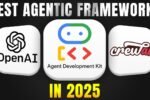

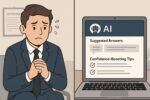


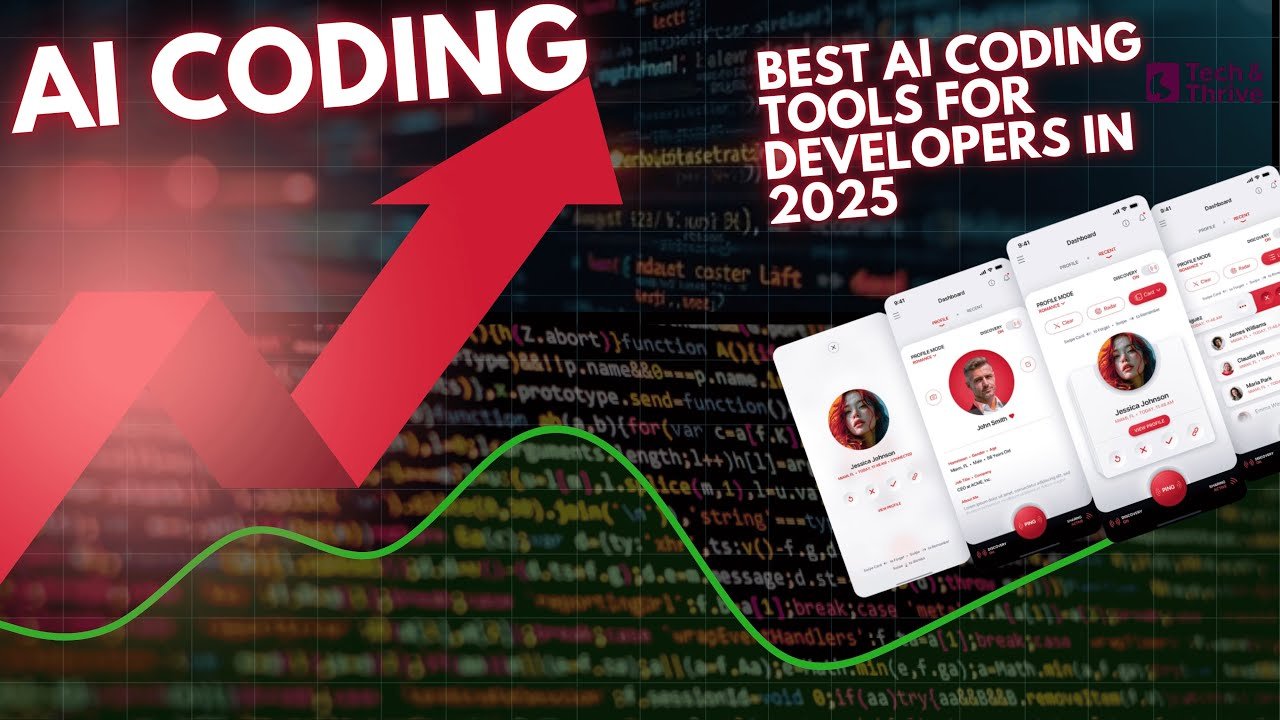

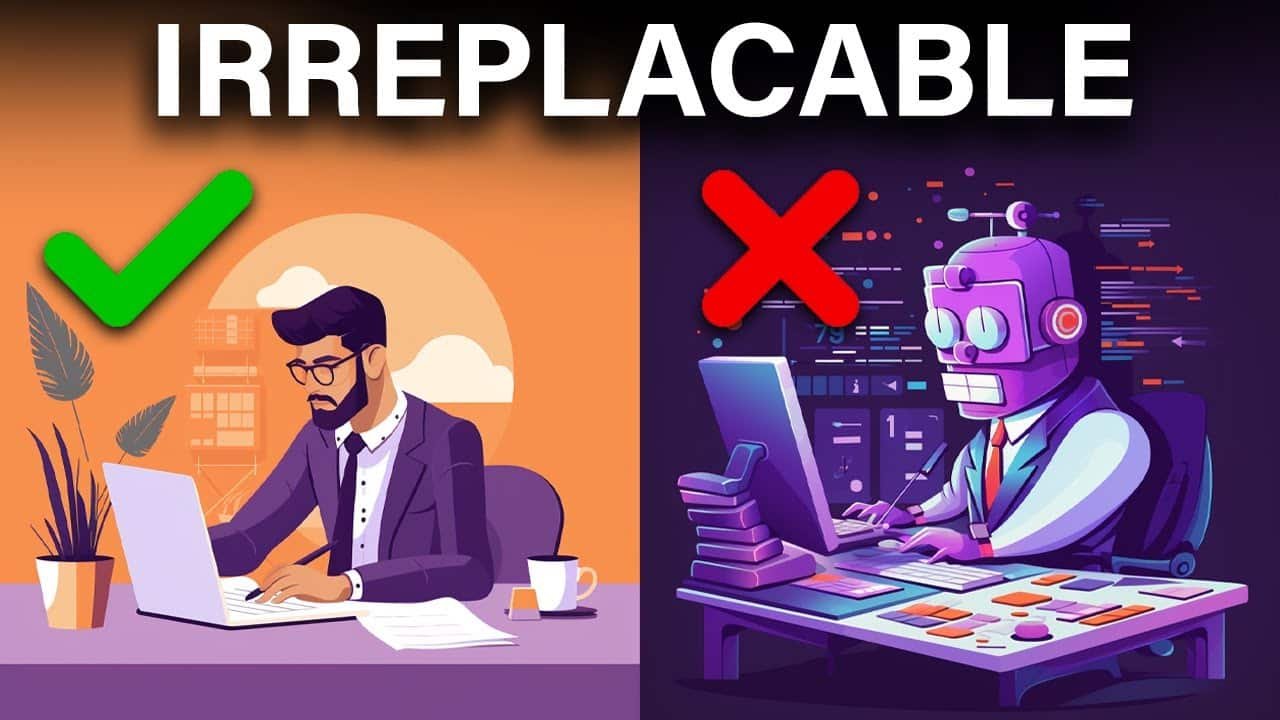

J’aime le projet d’ IA